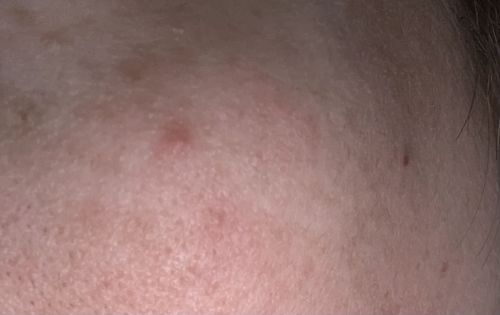Mosquito
Scientific Name: Various genera within Culicidae (e.g., Aedes, Anopheles, Culex)
Order & Family: Order: Diptera, Family: Culicidae
Size: 3 mm - 6 mm (adult)

Natural Habitat
Mosquitoes are found worldwide in various habitats, especially in warm, humid regions. They require standing water for their larval and pupal stages, so they are common near ponds, swamps, marshes, puddles, and containers holding water.
Diet & Feeding
Adult female mosquitoes feed on blood (hematophagy) from humans and other animals to obtain proteins for egg development. Male mosquitoes and non-biting females feed on nectar and plant juices.
Behavior Patterns
Typically, mosquito activity, especially biting, is highest during dawn and dusk, but some species bite during the day. They are attracted to carbon dioxide, body heat, and certain chemicals on human skin. Females require a blood meal to produce eggs, which are laid in or near water.
Risks & Benefits
Risks: Mosquitoes are significant vectors of numerous diseases, including malaria, dengue fever, Zika virus, West Nile virus, chikungunya, and yellow fever, causing millions of deaths globally each year. Their bites can also cause itchy welts and allergic reactions. Benefits: Mosquitoes play a role in the ecosystem as food for other animals (e.g., birds, bats, fish) and as pollinators of certain plants, although their ecological benefits are often outweighed by their disease transmission risks to humans.
Identified on: 9/4/2025